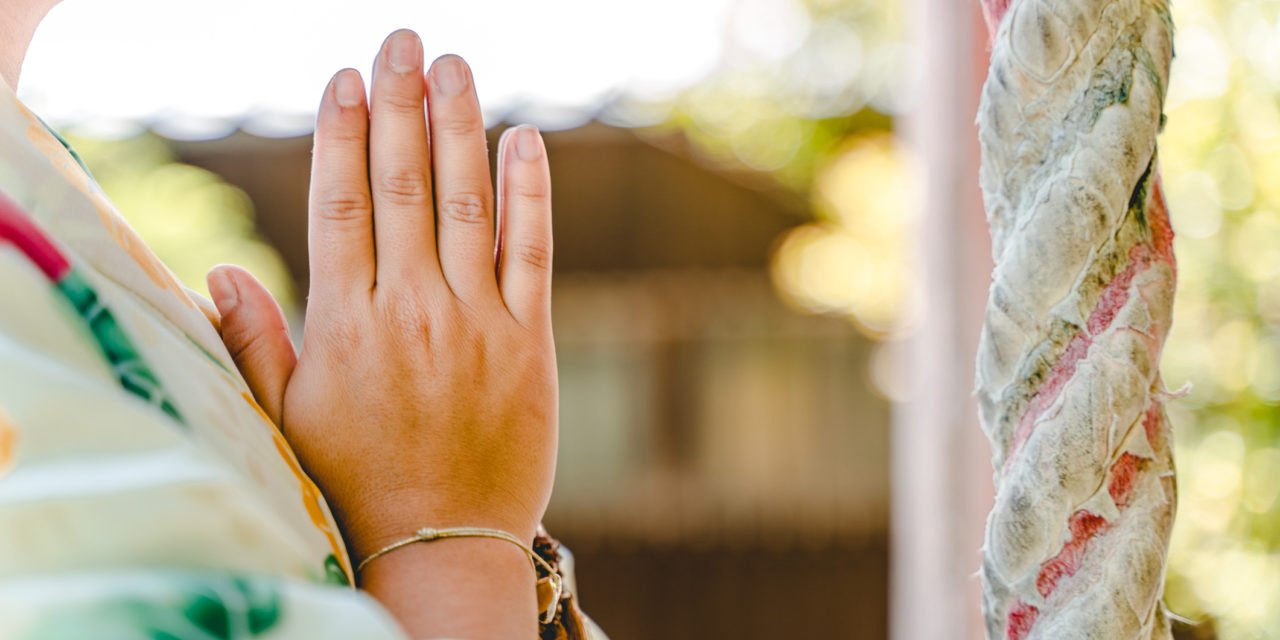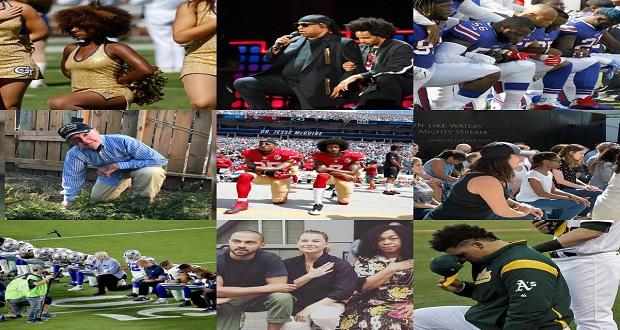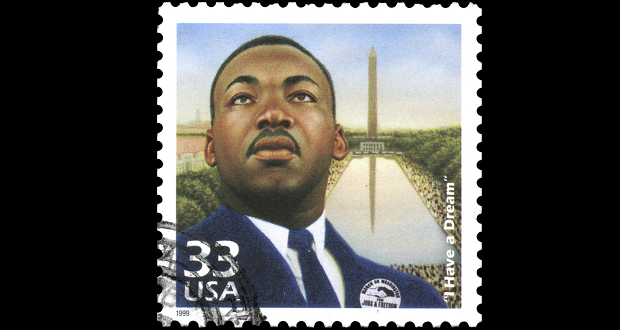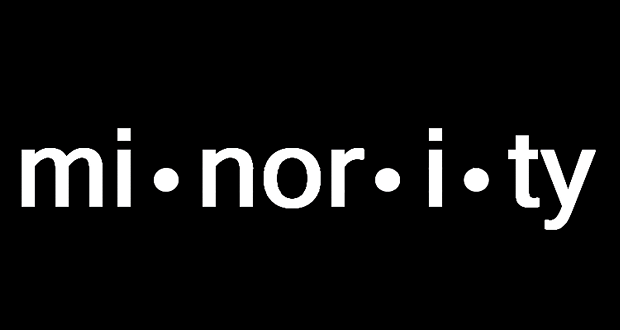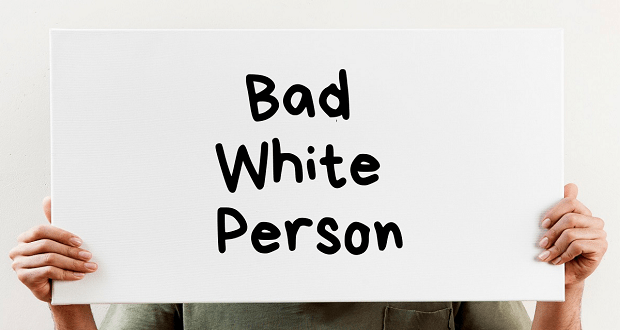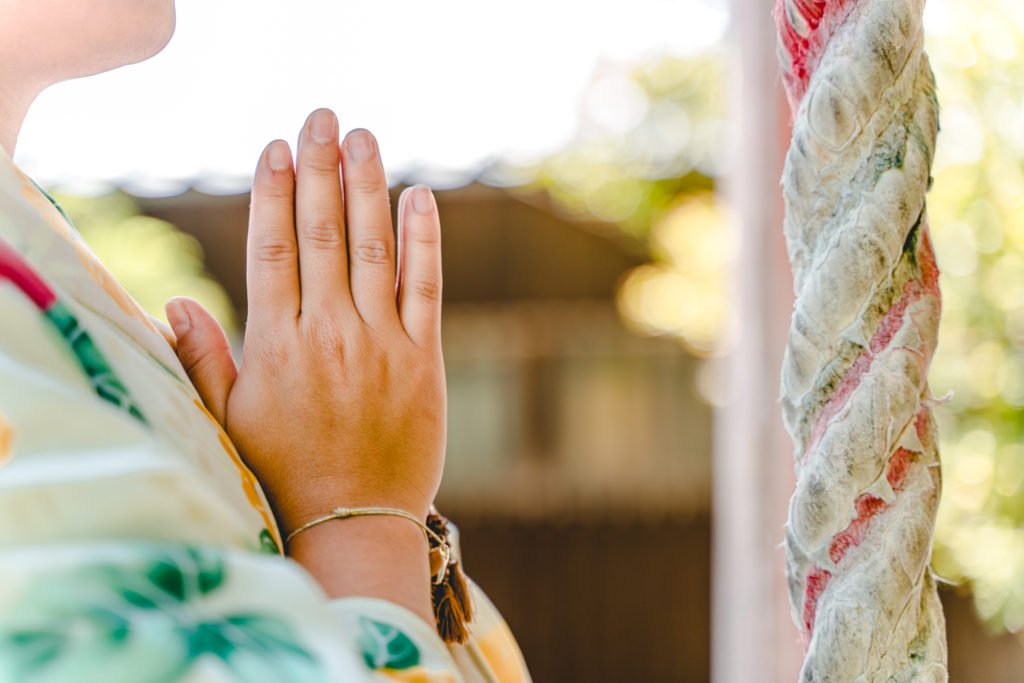
Over the course of this series, we have explored the roles of various institutions in equity and justice work, from voting infrastructure, to education, to politics, to policing and mass incarceration. As a holiday season approaches for many of us, I would like to explore religious institutions as another area of opportunity for justice work “beyond the boardroom” that may often be overlooked.
By nature, religion and religious institutions are steeped in traditions – which are part of what brings us meaning in engaging with them. Religious traditions are an important element of culture and identity for many communities, which deserves appreciation and celebration. By the same token, uncritical embrace of “tradition” at times risks obscuring the ways that institutions may be upholding inequities and elements of systems we seek to dismantle. As members and leaders of religious institutions navigate the role of faith in this work, it is critical that we unpack these nuances – even if they present us with questions that elicit discomfort.
Uncritical embrace of 'tradition' at times risks obscuring the ways that institutions may be upholding inequities and elements of systems we seek to dismantle. Click To TweetIn order to make some of the aforementioned challenges and critical questions more “real,” I would like to use a case study – and share some context about the faith community I was raised in.
The church I grew up in prided itself on a culture of progressive thinking and inclusion. Historically, it was known in the community for hosting progressive speakers and for involvement in activist efforts. Before marriage equality was legalized nationally, members of the congregation gathered weekly on a downtown corner to demonstrate in favor of marriage equality rights. Clergy who served for many of my formative years were intentional about affirming regularly in sermons and communications that Black Lives Matter. The church is home to a program supporting reproductive justice in the community, which sponsored a bus of activists’ travel to the 2017 Women’s March in Washington, DC.
These facts and efforts are certainly a start. I am grateful for the many ways I was challenged and empowered by this faith community in my youth. AND… I believe this community has a long way yet to go before arriving at a point of genuinely understanding and centering justice. Here are few examples to illustrate:
- Statements that church leaders and members have made about social justice have at times landed poorly. This is primarily due to members seldom engaging in the self-reflection work and learning that is critical to developing abstract beliefs into deeper understanding and meaningful action.
- Individuals within the church community have at times called the police with concerns about unhoused people congregated outside of the church building.
- A greeting that was standard in church services for years boasted that all were welcome: “whether old or young, gay or straight, black or white, believer or skeptic…” … while diversity of sexual orientation, religious belief, generation, and other facets of identity were certainly present in this space, the congregation has historically been and remains overwhelmingly white.
- This year, the church hired a new clergy member – its first woman of color. Church members celebrated the news in conversation and on social media, without interrogating why it took us until 2020 – 150 years into the institution’s existence – to reach this milestone.
I offer these examples of shortcomings, not because I think they make my church stand out; to the contrary, I believe that among predominantly white institutions of all kinds, missteps and failures related to racial justice are the rule rather than the exception. The question that such institutions must grapple with is: what are we willing to do to make things right?
Among predominantly white institutions of all kinds, missteps and failures related to racial justice are the rule rather than the exception. The question that such institutions must grapple with is: what are we willing to do to… Click To TweetMy church was recently asked to reckon with this very question in a very tangible way. Recently—prior to a switch to virtual worship services—a member of the congregation approached one of the clergy to share that a scene depicted in the stained-glass windows in the sanctuary was triggering to them. I do not know the details of this person’s concern or specifics about the image to which they were referring. However, having spent many hours as a child staring up at the enormous, colorful windows, one scene that I know is depicted, and which came to mind for me when I heard about this concern, is an image of Thomas Jefferson – a slave owner who exploited Black lives and labor for his personal gain.
Stepping back to consider this objectively, a few indisputable facts are:
- A predominantly white institution is displaying a piece of artwork, which includes symbols that may impact people differently according to their identities and experiences.
- This artwork has been considered an impressive architectural feature of the building — one that the institution has historically advertised proudly.
- Someone who holds a marginalized identity, not historically represented in this institution, has practiced openness and vulnerability in sharing significant discomfort about a scene in this artwork.
When news about this event began making its way through the church community, many congregants were surprised and frustrated. Some were shocked that a historical piece of artwork that they see as part of the institution they are committed to could be harmful. Some comments bordered on derision: “This is just someone being too sensitive.” Others shared sentiments like, “Okay, but… realistically, what are we supposed to do about this?”
This situation is complex – and a number of responses could be appropriate for moving forward. Under the circumstances, writing the concern off as silly or oversensitive is not one of them. Here are some more productive possibilities:
- Given the fact that we are a predominantly white institution, we may have a lack of awareness about the experiences and perspectives that have not historically been represented here. We need to understand more about this person’s perspective. Could we ask them if they are willing to continue the conversation?
- It seems like there are a lot of strong feelings about this. It is important for those involved in the conversation to be heard, as well as listen to understand. Once we have a better understanding of the perspective we have been lacking, let’s communicate the nuances of the problem through a comprehensive statement that details the context some may not understand.
- Historical tradition can be meaningful and important – but should not be prioritized above people’s safety and well-being, particularly by an institution that prides itself on commitment to inclusion. Here is a perfect opportunity to demonstrate that in practice, by taking this concern seriously.
- Taking this concern seriously leads to a plethora of possible solutions. Could we cover the scene in question with something else? Could we commission a piece of artwork from a person of color in the local community to serve this purpose? Could we embrace a “mismatched” update to this artwork as beautiful in a different way? Rather than representing who we have been historically, could this change represent who we are today and who we want to be in the future?
These are a few of many possible responses to this situation that honor tradition, as well as the need for progress; these are not mutually exclusive. As we share at the beginning of our learning sessions at The Winters Group, much can be gained from embracing the possibility of “both/and” vs. “either/or.”
I now live elsewhere and am not directly involved in this institution, so truthfully, I do not know how, or whether, this concern was addressed in light of the many subsequent challenges that arose this year. Yet, this story stands out to me as emblematic of broader themes that religious institutions may be challenged with – particularly those that espouse equity and justice, yet are predominantly white.
As religious leaders and congregations grapple with similar challenges, it is imperative if we are to make progress that we examine ourselves as individuals and communities, and ask:
Whose perspective don’t we have? Why? If we preach about justice and inclusion but are still lacking representation, what may be causing that, and what can we do better? How can we honor our traditions while also remaining open to constructive feedback in service of justice? What do we stand for, and what meaningful actions are we willing to take as an institution to make this more than just rhetoric?
There is no simple solution to complex challenges and questions like these, but digging our heels in to honor “tradition” is one response that will not bring about progress. As Mary-Frances Winters often shares, “If you do what you’ve always done, you’ll get what you’ve always gotten.” If we are committed to equity and justice, we must commit ourselves to practice humility, self-reflect, learn, acknowledge and act on our shortcomings. We must embody allyship by valuing, actively listening to and centering those most impacted by the systems we seek to dismantle – even when we find that we, or the institutions we hold dear, are a part of them.
We must embody allyship by valuing, actively listening to, and centering those most impacted by the systems we seek to dismantle – even when we find that we, or the institutions we hold dear, are a part of them. Click To Tweet

